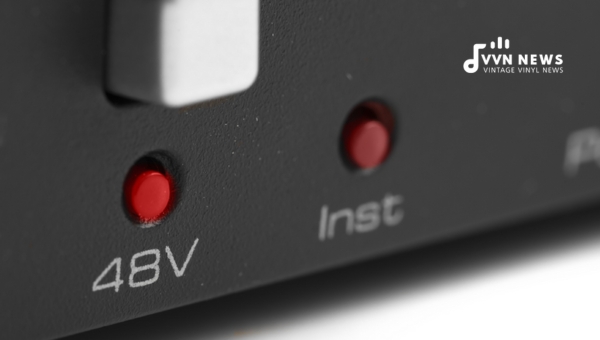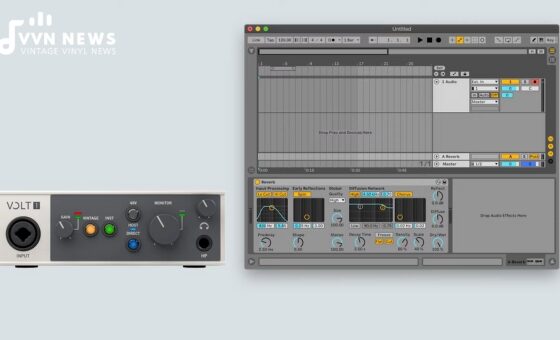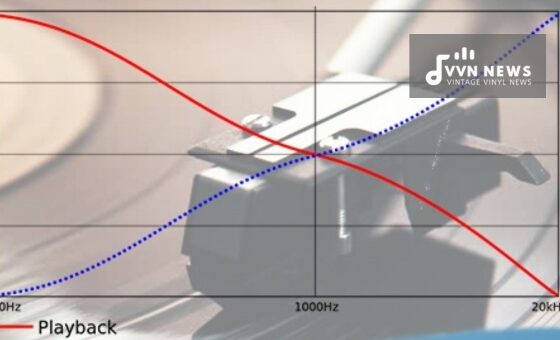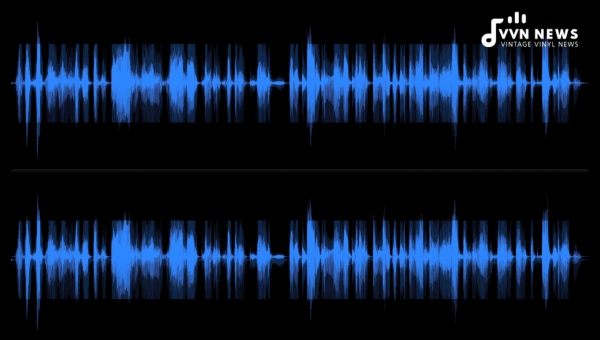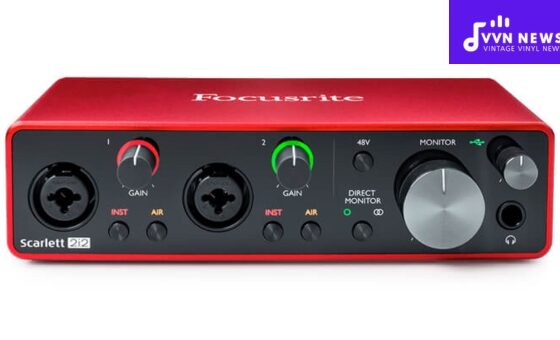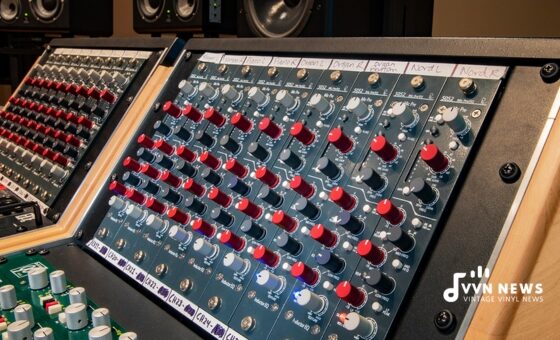For those of us who are not audio engineering enthusiasts, the term “phantom power” may sound somewhat ominous.
But rest assured, friends, it’s not as spooky as it sounds! You might be asking yourself, “What is phantom power?”
Is it some mysterious force that lurks in the dark corners of your audio system? Well, you’re in the right place to unravel this mystery once and for all.
In reality, phantom power goes hand in hand with professional sound recording, ensuring optimal function for the devices we rely on for dynamic and clear sound.
Without this unsung hero of the audio world, our podcast interviews would be hardly audible, our music recording would lack depth and vibrancy.
As we continue on this journey of discovery together let’s shed some light on phantom power and tease out its significance.
What Is Phantom Power?
Phantom power often signified as ‘+48V’ or ‘P48’, is a technique broadly implemented in the pro-audio domain. It’s essentially a method employed to deliver electrical power through balanced signal lines, such as XLR or TRS cables, directly to audio equipment like microphones and DI boxes.
This is notably crucial for condenser microphones, which require an external power source to operate.
Contrary to what you might visualize when hearing ‘phantom power,’ there’s nothing eerie going on.
The term ‘phantom’ refers to the way the power travels invisibly alongside the audio signal within the same cable without intervening with the audio itself.
It discreetly powers your microphone, making sure it works optimally while staying unnoticeable in operation, a silent partner that enables your audio devices to perform their best.
Also Read: DIY Vocal Booth [Set Up Home Recording Studio on A Budget]
The Role of Phantom Power in Your Audio Setup

Each audio environment is unique. If your setup includes condenser microphones or specific active direct boxes, phantom power will likely play an essential role.
It allows these devices to operate correctly and to their highest potential.
Condenser microphones, for instance, are frequently used in studio recording scenarios due to their excellent sensitivity and frequency response.
They function using an electrically-charged diaphragm which vibrates in response to incoming sound waves.
This process necessitates a steady power supply provided by phantom power.
Active direct boxes can boost the quality of a signal traveling over a long cable, but these too demand an external source of power, that’s where phantom power steps into the spotlight.
Condenser Microphones Need Phantom Power
Think about it like this: a condenser microphone is like a high-performance sports car, it can give you amazing results, but it needs high-quality fuel (in this case, phantom power) to operate.
Without proper fueling, these types of microphones are incapable of performing their core function.
They won’t work without having access to that necessary 48V DC charge provided by the phantom power.
As you configure your personal audio equipment setup or examine professional-grade broadcasting or recording environments, understanding the role of phantom power can help ensure that your devices work effectively and sound their best.
Mechanism Behind Phantom Power Functionality
You may be curious as to how phantom power actually works. The utility of this power source is fairly straightforward.
Phantom power operates through your microphone cable, delivering around +48 volts of DC (Direct Current).
It’s worth noting that the voltage range can mildly differ between 11 volts up to 52 volts. The microphone then utilizes this electricity to amplify its signal.
Here’s how it unfolds:
- The Current Transfer: Phantom power sends current down the same XLR cable carrying your audio signal but in a different layer, allowing both to coexist without interference.
- Power Supply to Condenser Microphone: The supplied current charges the internal preamp and backplate element within condenser microphones, enabling them to convert acoustic energy into electrical signals effectively.
- Balancing Act: The key aspect that distinguishes phantom power is ‘Balanced Power.’ This means voltage sent equally over pin 2 and pin 3 of an XLR connector while using pin 1 as a ground – maintaining signal quality and noise rejection.
Remember, not all microphones require this extra boost – it’s mainly employed for condenser mics and some types of dynamic mics that are equipped with active electronics.
Also Read: How To Achieve Low Audio Latency While Recording [2025 Guide]
Different Sources Providing Phantom Power
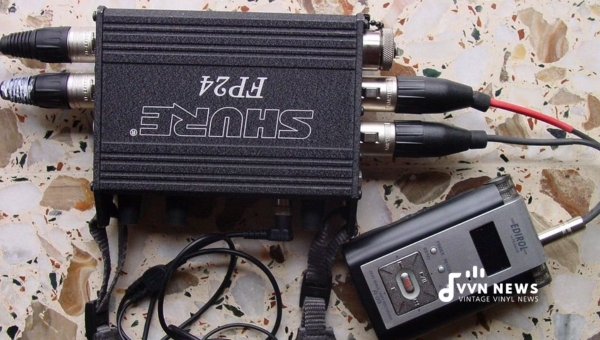
Several potential sources provide this essential ‘phantom power’ to your audio equipment. Let’s take a closer look at each of them.
Microphone Preamplifiers
Microphone preamplifiers, also known as ‘mic preamps’, can provide phantom power. A mic preamp is a device that amplifies the weak signal from a microphone to a level that can be effectively processed in your audio system. When the phantom power option on the preamp is switched on, it supplies the necessary +48V directly to the microphone through the audio cable.
Audio Interfaces
In many home or project studios, phantom power is usually delivered via an audio interface. This device serves as the heart of any digital recording setup, acting as a bridge connecting your microphone to your computer. Almost all modern audio interfaces come with a built-in phantom power supply, allowing condenser microphones to function properly.
Standalone Phantom Power Supply Units
Some setups might require standalone phantom power supply units. These are independent devices that provide +48V and are often deployed when other elements of the setup such as mixing desks or audio interfaces cannot supply sufficient phantom power.
Audio Mixing Consoles
Last but not least, audio mixing consoles (mixers) can be another source of phantom power. Most professional-grade mixers have an option to enable this feature.
Remember, each kind of device delivers phantom power in slightly different ways and may offer varied control over the power supply.
It is always crucial to refer to your device’s manual or consult with a sound professional to understand how to properly leverage phantom power in your unique audio setup, and safeguard your equipment from potential pitfalls.
Overall, having a reliable source of phantom power is key for achieving high-quality audio recording and amplification.
Regardless of whether it’s flowing from an audio interface, mixer, microphone preamp or standalone unit, ‘phantom power’ invisibly underscores your audio pursuits, bringing life to the sounds we capture and share.
Microphones that Demand Phantom Power: A Categorization
A primary beneficiary of phantom power is the condenser microphone. These mics require a certain amount of electricity to function, which makes them reliant on an external power source.
This external source, more often than not, is phantom power.
Condenser Microphones
Unlike dynamic microphones that use a simple mechanical system (coil and magnet) to generate an electrical signal, condenser microphones rely on an electrical charge.
When these mics capture sound waves, they alter the charge within the microphone to produce the necessary audio signal. Condenser microphones can be further sub-categorized into two types:
1. Electret Condenser Microphones
Electret condensers carry a permanent charge and thus require less powering but often still utilize phantom power for internal preamp or impedance matching circuitry.
2. True (External/DC Biased) Condenser Microphones
This category necessitates an external power source—the indispensable ‘+48V’—to polarize the condenser plates.
Also Read: Recording Studio Cables 2025 [Everything You Need to Know]
Other Audio Equipment
Beyond condenser microphones, other professional audio equipment like Direct Injection (DI) boxes or some active ribbon microphones may also derive their operating voltage from phantom power.
Keep in mind that while several devices can operate on phantom power, not all need it to work effectively.
Dynamic microphones, for example, do not require external power for operation.
Though they are typically unarmed by it, always verify with your device’s user manual to be safe rather than sorry!
In essence, understanding what equipment requires and can handle phantom power aids in maintaining longevity and maximizing audio quality potential in your setup.
Is Phantom Power Restricted to XLR Connections?

No, phantom power is not exclusively limited to XLR connections. An important aspect of phantom power lies in its versatility as it can also work with TRS (Tip Ring Sleeve) balanced cables.
However, keep in mind that these are typically only used for Line and Instrument connections.
Why Are XLR Connections Preferred?
The vast majority of microphones utilize XLR connectors because they are more secure and reliable for this type of application. They lock in place and provide a steady, uninterrupted connection.
They can carry current for longer cable runs without degradation of signal quality, which is an absolute necessity when dealing with professional audio setups.
However, you may come across some condenser microphones designed for consumer use that employ mini-jack connectors.
These can supply the microphone with a tiny voltage referred to as plug-in-power. However, this is not equivalent to the full +48V phantom power delivered via XLR or TRS connections.
So, while phantom power is not exclusive to XLR connections, it’s fair to mention that if you’re looking at professional-level audio equipment or studio setups – chances are you’ll be dealing with XLR most of the time.
Safeguards and Precautions While Using Phantom Power
When utilizing phantom power, it’s crucial to be conscious of certain safeguards and precautions, as it can prompt damage to devices that are not intended to receive it.
Know Your Gear
Be sure that the device you’re connecting is capable of accepting phantom power. Dynamic microphones, certain ribbon microphones, and other audio equipment may not only be immune to phantom power but could be damaged irreparably if they receive it.
Power Up the Right Way
Turning on phantom power should be carried out when all devices are connected and powered on. This mitigates the pops and shocks that can happen during startup cycles, which can potentially harm your equipment or even degrade your audio signal.
Disconnect Cautiously
Conversely, ensure you disable phantom power before unplugging any device from your mixer or audio interface. Even a small shock from disconnecting under power can result in unpleasant surprises for your gear.
Careful handling of phantom power significantly enhances both the lifespan of your equipment and the quality of your productions.
Ensure you fully comprehend its operation before using this valuable tool in sound engineering.
Also Read: Recording Vocals At Home [Insider Tips For Professional Sound]
FAQs About Phantom Power
1. What does phantom power do?
Phantom power provides the necessary electrical energy to microphones that need it to function, like condenser mics.
2. Why do you need phantom power?
You need phantom power for condenser microphones as they require an external power source to operate effectively.
3. Can phantom power damage a mic?
Yes, if a mic doesn’t require phantom power but it’s supplied, it could potentially cause damage to the microphone.
4. Do all mics need phantom power?
No, not all mics need phantom power. Generally, dynamic microphones don’t require external power while condenser microphones do.
5. Where is phantom power used?
Phantom Power is extensively used in professional audio equipment such as studio mixers, PA systems and high-end recording equipment.
Conclusion
To wrap up, understanding phantom power empowers us to make the most of our audio equipment, particularly condenser microphones.
It’s an essential component of professional sound recording setups, making it possible for professionals and enthusiasts alike to deliver high-quality sound output.
As invisible as it is integral, phantom power reliably feeds our devices the energy they need without interfering with the transmitted audio signal.
By offering a consistent 48V DC supply, phantom power helps nurture crystal clear audios and detailed sound recordings, earning its well-deserved spot in any advanced audio setup.
While leveraging phantom power utility is relatively straightforward, always adhere to precautions when handling your gear!
